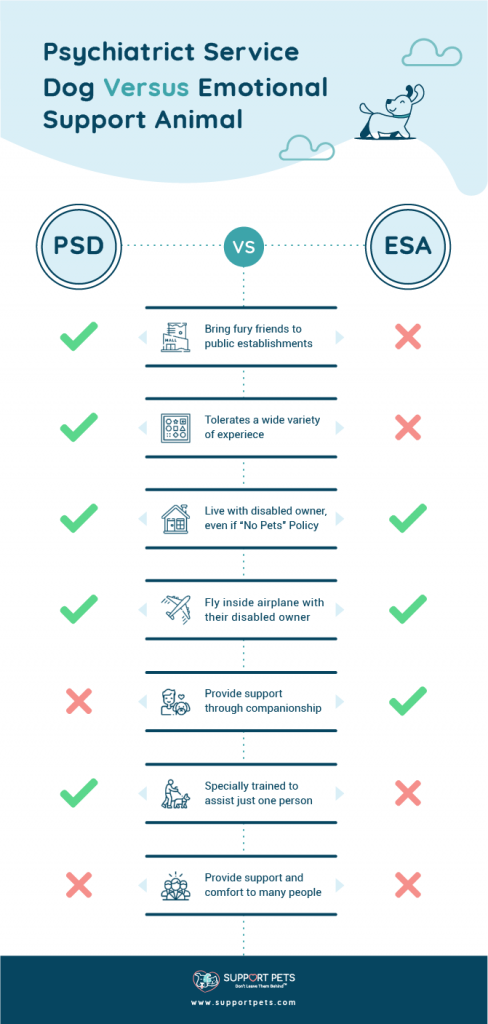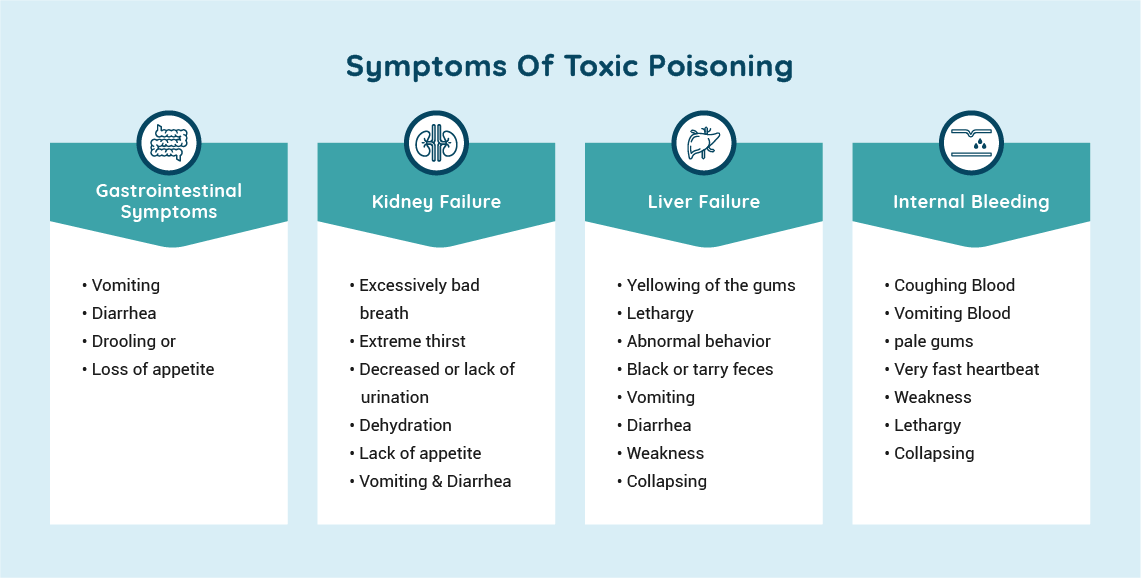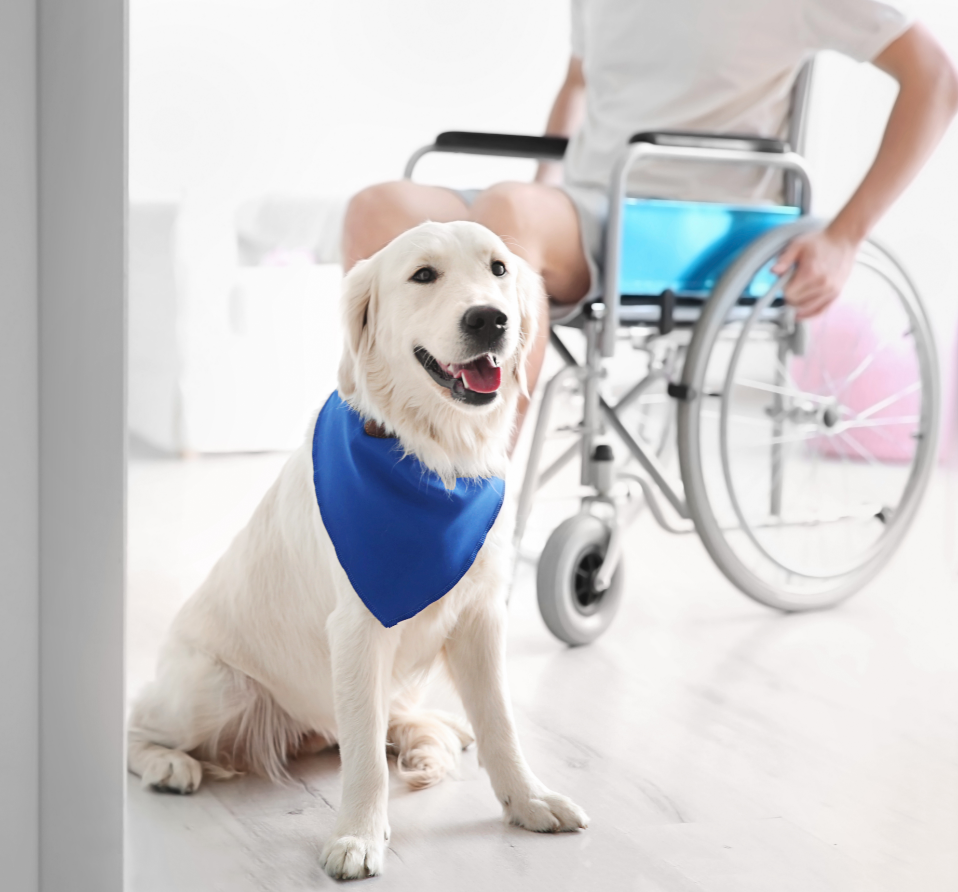Just the physical connection with a dog can create calm in chaos and reduce anxiety and stress. Although that’s true for any beloved pup, a Psychiatric Service Dog is so much more than just a cute pet!
A PSD helps individuals with anxiety, depression and other mental health conditions by performing specific tasks. A service dog must have completed specialized training that is legally defined by the Americans with Disabilities Act (ADA). Remember that support and comfort animals, although just as valuable to the people they help, don’t require that level of training or certification.
The training of a PSD is extensive and usually takes a year to two years to complete. A Psychiatric Service Dog must be housebroken, under the control of the handler at all times and vaccinated according to state and local laws. Although your current family dog or cat can become an Emotional Support Animal, it’s not advisable to try to train your existing furry friend to become a PSD; you should adopt a new dog and train it to serve as a PSD from the beginning or adopt a dog who is already trained.
These service dogs are trained and equipped to provide profound support to those they accompany in a number of ways. Check out some of the benefits that a PSD provides to a person’s mental and physical health.

Grounding
A PSD can be a great aid in reducing anxiety for the person they accompany through the practice of tactile stimulation (grounding). Grounding is a dog-to-human connection such as the touch of a paw, brushing against the person’s side, sitting on the person’s feet, laying on or beside the person, or licking their face.
The best method of grounding depends on the individual service dog and the person they are supporting. The individual experiencing anxiety or stress may find certain methods of grounding more soothing than others. Similarly, each service dog may instinctively find different ways of grounding that are effective for the person they accompany. A PSD has the training and instincts to figure out what method works best for their person.
Tasks
Another great benefit to having a PSD is their ability to help with tasks. Among other things, a service dog can be trained to retrieve medication, find a phone, or get another person to assist in a medical emergency. So the PSD provides peace of mind to the companion and their friends and family as a reliable resource.
Safety
A service dog may also perform safety checks in a room or turn on a light for someone suffering from post-traumatic stress disorder or anxiety. With their ability to identify danger and help lessen the risk of it, Psychiatric Service Dogs provide both safety and security to their human companions.
Exercise
Since both dogs and people thrive on enjoying some time outside, a service dog becomes a wonderful incentive to get out in nature, exercise, and enjoy some fresh air, all of which can improve some symptoms of depression and anxiety. It also offers great bonding time!
Companionship
A service dog offers the much needed companionship that can reduce feelings of loneliness and isolation by providing company to its human, along with grounding, motivation to exercise, and a source of security. A 2005 study showed that patients in long-term care facilities reduced their feelings of loneliness by visiting with dogs. The effect was stronger when dogs could visit them one on one, instead of in group settings, probably since people had more intense interactions with the dogs. Animal visits alone were enough to reduce feelings of loneliness.
Mood Boosters
Here’s the bottom line: it’s hard not to love them! In addition to their ability to perform much needed tasks, service dogs come in a cute, furry, affectionate, playful, lovable package! That contributes to their abilities to reduce stress and anxiety and to boost mood. It is easy to smile and be comforted when these furry companions go in for cuddles. Additionally, the security they provide allows the indoor people to feel relief, to let go of anxiety.
Lower Blood Pressure and Improve Heart Health
Service dogs have even been shown to improve heart health while reducing blood pressure and regulating heart rate. A study from the National Center for Biotechnology Information (NCBI) demonstrates a PSD’s effectiveness in lowering blood pressure in individuals. Blood pressure was lower when the dog was present during the entire time than when the animal was just introduced during the second half of the observation time. Another study compared the effect of stroking a dog versus resting, chatting, or reading in undergraduate students. Blood pressures were significantly lower when stroking a dog than when chatting or reading; however, it was lowest during rest. A positive attitude toward companion animals was associated with lower blood pressure overall.
People who are managing a variety of psychological challenges might benefit from the aid of a Psychiatric Service Dog. When taking into consideration all the benefits listed above that a Psychiatric Service Dog provides, it is no surprise to learn that the aid of a PSD can promote an improvement in overall health.
In fact, another review from the NCBI showed that a PSD can help with the following: reduce depression, improve mood, encourage more positive interactions with other people, a decrease in cortisol levels, lower heart rate and blood pressure, and a reduction of reported fear and anxiety. The presence of a PSD collectively provides this incredible secondary ability of improving the overall health of the person they accompany. Anyone in search of a meaningful and impactful means of managing their psychological health and symptoms could benefit from a Psychiatric Service Dog.























